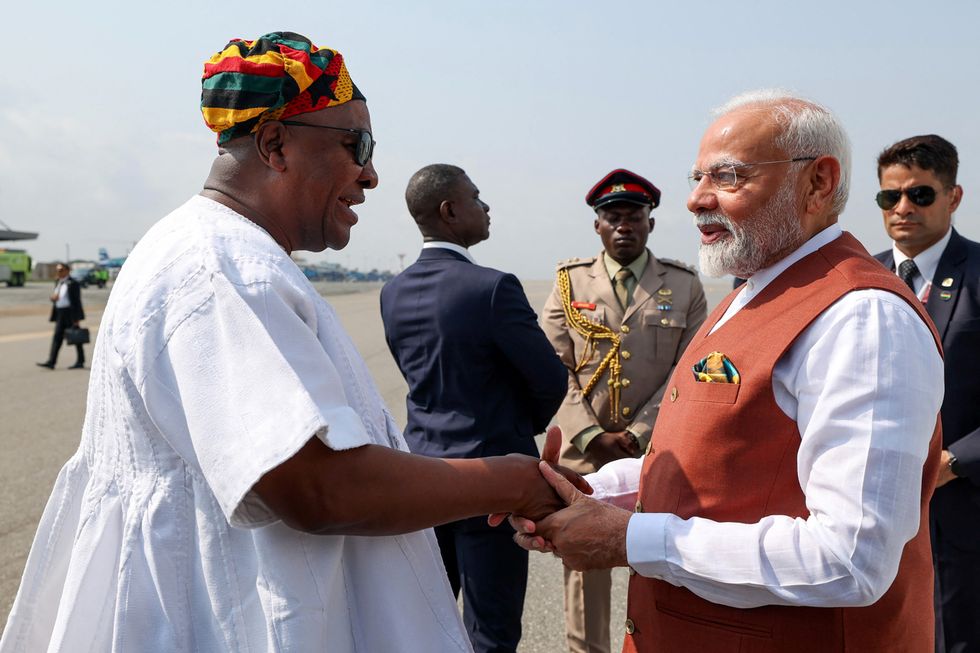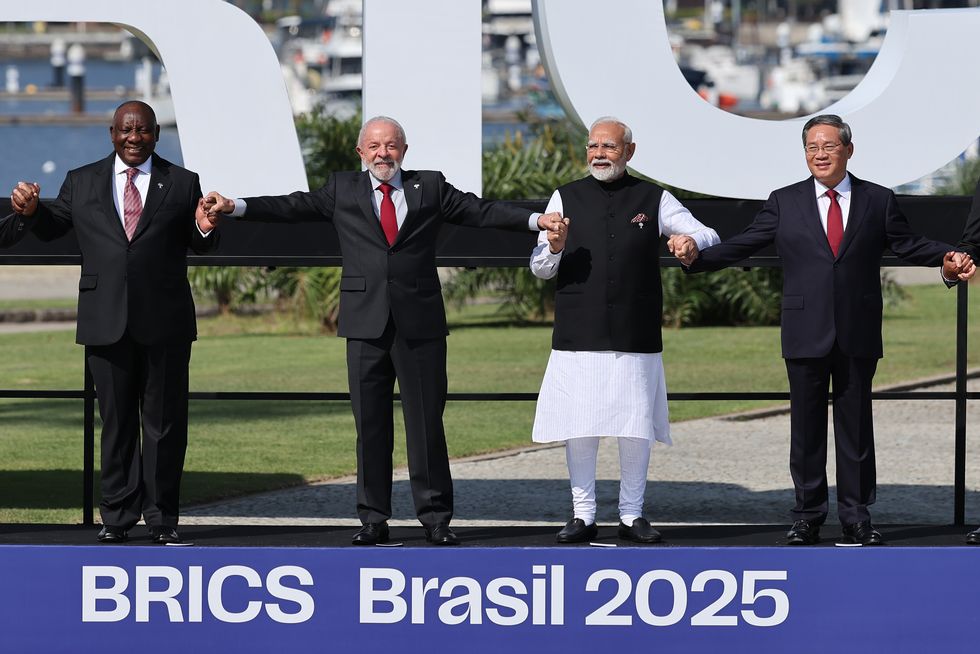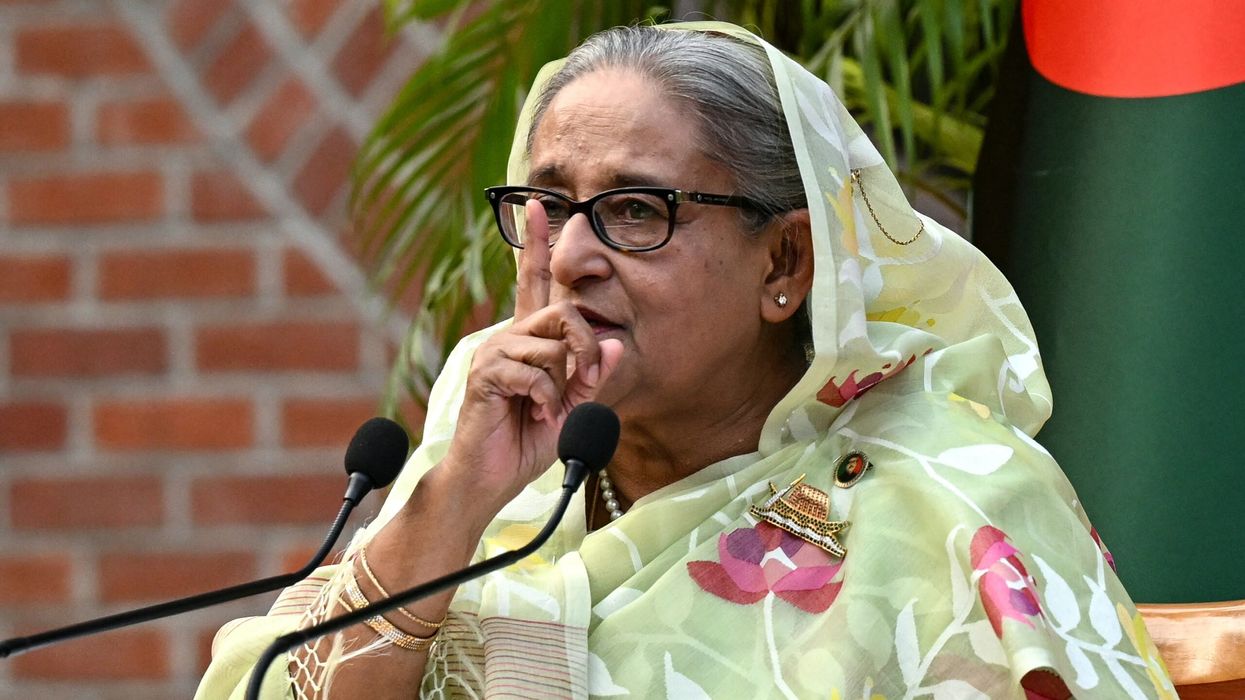MORE than 100,000 Afghans have left Pakistan in the past three weeks, the interior ministry said on Tuesday (22), after Islamabad announced the cancellation of residence permits.
Calling Afghans “terrorists and criminals”, the Pakistan government launched its mass eviction campaign on April 1. Analysts said the expulsions are designed to pressure Afghanistan’s Taliban authorities, which Islamabad blames for fuelling a rise in border attacks.
The interior ministry said “100,529 Afghans have left in April”.
Convoys of Afghan families have headed to the border since the start of April, when the deadline to leave expired, crossing into a country mired in a humanitarian crisis.
“I was born in Pakistan and have never been to Afghanistan,” 27-yearold Allah Rahman said at the Torkham border last Saturday (19).
“I was afraid the police might humiliate me and my family. Now we’re heading back to Afghanistan out of sheer helplessness.”
Afghanistan’s prime minister Hasan Akhund last Saturday (19) condemned the “unilateral measures” after Pakistan’s foreign minister Ishaq Dar flew to Kabul for a day-long visit to discuss the returns.
Akhund urged the Pakistani government to “facilitate the dignified return of Afghan refugees”.
Afghans in Pakistan have reported weeks of arbitrary arrests, extortion and harassment by authorities, with many of those forcibly returned living in Sindh and Punjab provinces.
Many people left voluntarily, choosing to depart rather than face deportation, but the UN refugee agency UNHCR said more arrests and detentions took place in Pakistan in April alone – 12,948 – than in all of last year.
Pakistan’s security forces are under pressure along the border with Afghanistan as they battle a growing insurgency by ethnic nationalists in Balochistan in the southwest, and the Pakistani Taliban and its affiliates in the northwest. Last year was the deadliest in Pakistan in a decade.
The government frequently accuses Afghan nationals of taking part in attacks and blames Kabul for allowing militants to take refuge on its soil, a charge Taliban leaders deny.
Millions of Afghans have poured into Pakistan over the past decades fleeing successive wars, as well as hundreds of thousands since the return of the Taliban government in 2021.
Some Pakistanis have grown weary of hosting a large Afghan population as security and economic woes deepen, and the deportation campaign has widespread support.
“They came here for refuge, but ended up taking jobs, opening businesses. They took jobs from Pakistanis who are already struggling,” 41-yearold hairdresser Tanveer Ahmad said.
More than half of Afghans being deported were children, the UNHCR said last Friday (18). The women and girls among those crossing entered a country where they are banned from education beyond secondary school and barred from many sectors of work.
In the first phase of returns in 2023, hundreds of thousands of undocumented Afghans were forced across the border in the space of a few weeks.
In the second phase, announced in March, Pakistan cancelled the residence permits of more than 800,000 Afghans and warned thousands more awaiting relocation to other countries to leave by the end of April.
The April 30 deadline is final, Talal Chaudhry, an interior ministry adviser told a press conference in Islamabad, underlining that only those Afghans who hold valid visas to be in Pakistan would be allowed to stay.
The repatriation drive is part of a campaign called the Illegal Foreigners Repatriation Plan launched in late 2023.

















 John Dramani Mahama welcomes Modi on his arrival in Accra last Wednesday (2)
John Dramani Mahama welcomes Modi on his arrival in Accra last Wednesday (2) South Africa’s president Cyril Ramaphosa, Brazil’s president Luiz Inacio Lula da Silva, Modi and China’s premier Li Qiang at the Brics summit last Sunday (6)
South Africa’s president Cyril Ramaphosa, Brazil’s president Luiz Inacio Lula da Silva, Modi and China’s premier Li Qiang at the Brics summit last Sunday (6)
